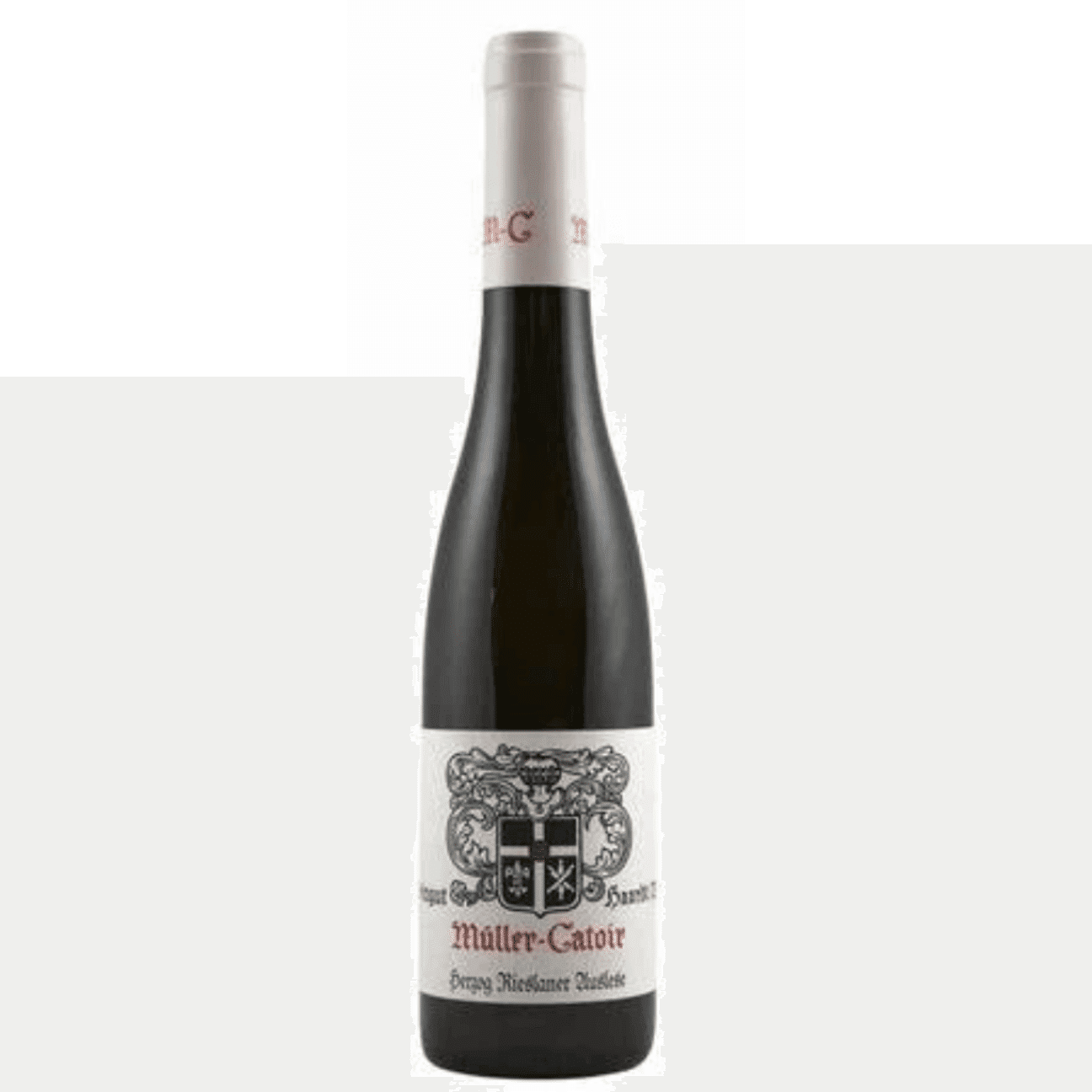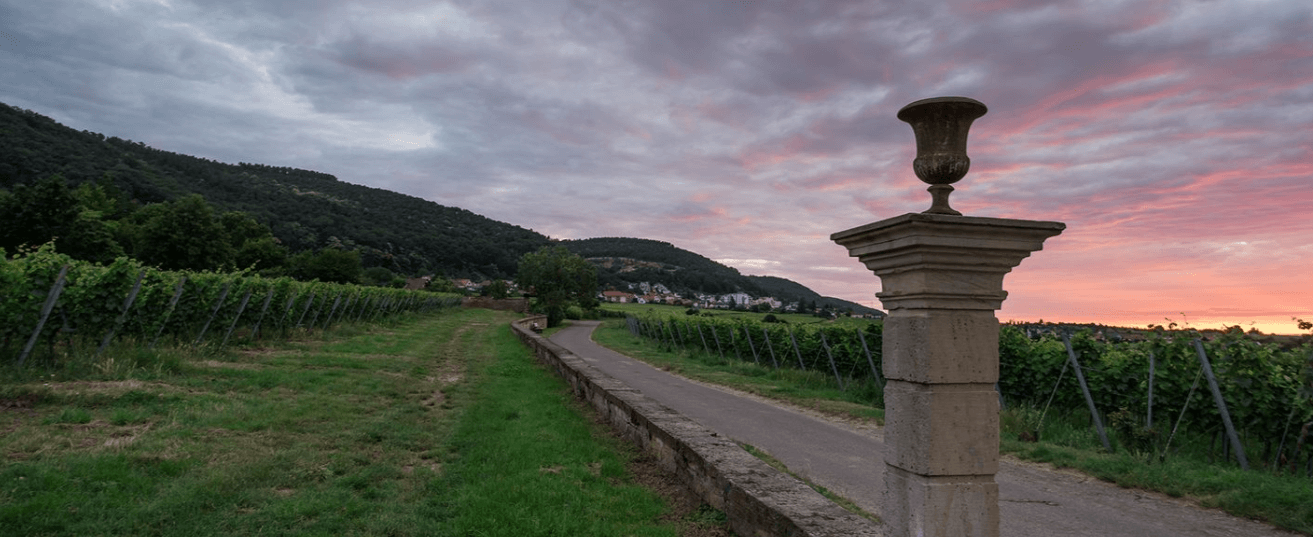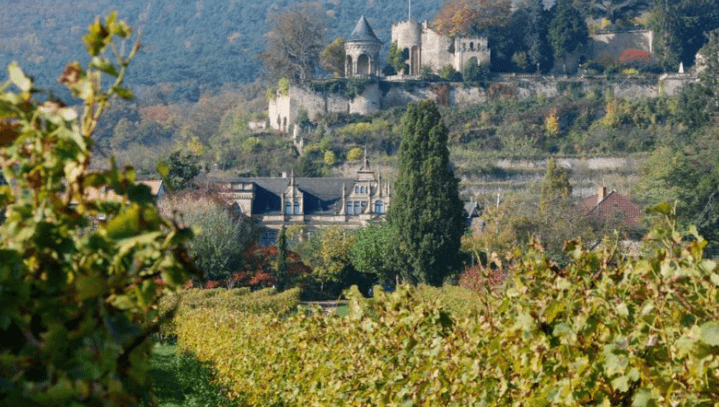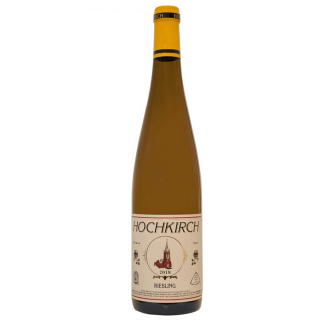Description
About Muller Catoir
Stuart Pigott hits the nail on the head when he writes, “You can drink more trendy than Müller-Catoir, but hardly better!” Given a choice between the two, we’re confident which option Catoir’s enigmatic winegrower, Martin Franzen, would take.
There are several reasons this producer remains under the radar for many Riesling lovers. Firstly, at 20 hectares, this is a small estate by regional standards and one whose discreet owners have been happy to keep out of the limelight. There’s never been a strong emphasis on export, and its star vigneron, Martin Franzen, is never more comfortable than when cloistered within his vineyards. Franzen may be one of Germany’s more progressive winegrowers, though one could imagine him thinking that ‘Marketing’ is a small town in rural Austria.
Then there are the wines themselves. Under the Mosel-born Franzen, this historic Estate has become known for producing some of Pfalz’s most ethereal and fine-boned wines: tightly packed, unshowy Riesling that can take years to uncoil. A far cry then from Pfalz’s upfront, stand and deliver norm. That said, without dialling down Catoir’s traditional “calmer mineral style” to quote Stuart Pigott, the wines here have been gently evolving towards a more expressive, textural and intense style.
With organic and biodynamic work in the vines, new pruning techniques (Poussard), and more and more traditional practice in th
e cellar, “I’m now making wine like my father used to”. In the cellar, he’s introduced warmer ferments (never inoculated) and, for the single-site Rieslings, five-year-old 600-litre Halbstück ovals. Crucially, the wines are also more accessible when young, a fact that is no mean feat. Trendy or otherwise, there is no debate to be found in Muller Catoir’s recent releases.
For those new to this Domaine, Müller-Catoir became legendary during the ‘70s and ‘80s under former manager Hans-Günther Schwarz who, supported by the Catoir family, refused to industrialise the Estate, despite the strong trend in that direction in Germany at that time. The wines were one of the few bastions of authenticity and quality in an ocean of mediocrity. Today the quality of the wines is even higher. Müller-Catoir owns roughly 20 hectares of vines in and around the village of Haardt, in the hills outside Neustadt. The yellow sandstone that dominates here (differing significantly from the red sandstone typically found in Pfalz) delivers a distinctive, smoky kind of minerality. The wines are more yellow fruited and more smoky/mineral. The Estate has long been managed organically (and has been certified since ‘15) and retains its pioneering legacy of low yields and minimal intervention, no inoculation, etc.
The outstanding vineyard practices, low yields and hand harvesting of only perfectly ripe fruit is the starting point. After that, you have natural ferments, without any yeast addition and no SO2 (until racking/bottling) and long slow aging. This all results in wines of deep fruit, high extract, ripe acidity and powerful vineyard expression. We believe they are amongst the very finest Rieslings coming out of Germany. They are a bundle of energy and detail; dense, sculpted and crystalline fruits vibrate atop exuberant acidity and Haardt’s distinctive, intense core of smoky minerality. And in the context of fine wine today, they are unmitigated bargains.








